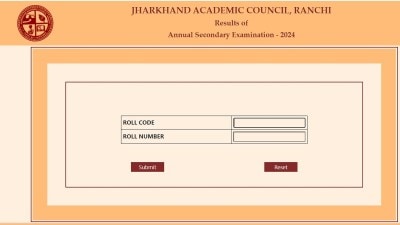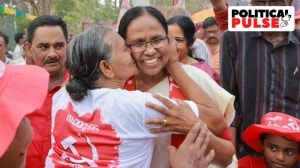- India
- International
Why kites have a special place in Old Delhi skies every Independence Day
During the national movement, kites were flown by protestors with the slogan ‘Simon Go Back’, when the Simon Commission arrived in India in 1928.
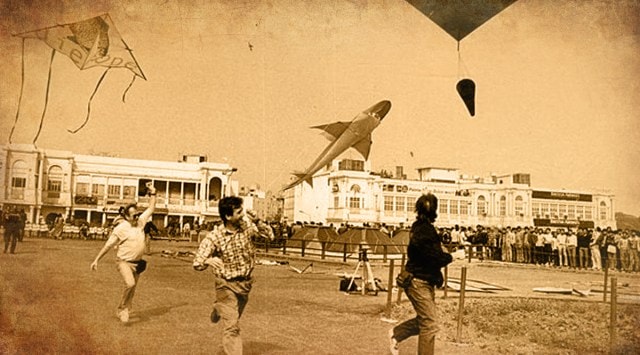 Foreign kite flyers displaying their skills and kites at connaught place. (Express archive photo)
Foreign kite flyers displaying their skills and kites at connaught place. (Express archive photo)For the past couple of weeks, social activist Muhammad Taqi (52) has been busy distributing kites in old Delhi. His kites are unique, for they carry some special messages: ‘wash your hands for 20 seconds with soap’, ‘please maintain six feet distance’, ‘please maintain six feet safe distance’.
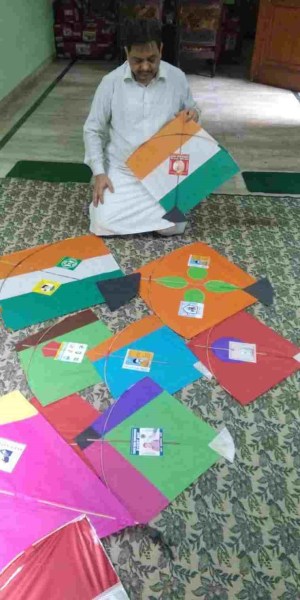 Muhammad Taqi with his kites. (Source: Muhammad Taqi)
Muhammad Taqi with his kites. (Source: Muhammad Taqi)Taqi, a resident of Haus Qazi has seen the skies of old Delhi come alive with colourful kites every year around Independence Day. “Every rooftop has people flying kites. This is the best way to send out messages on the current coronavirus crisis,” he says. Last time he indulged in a similar effort was two years back, when he distributed kites with messages on religious unity.
While the tradition of kite-flying or ‘patang bazi’ is associated with different festivals in different parts of the country and the world, in old Delhi and parts of north India, it is an intrinsic part of Independence Day celebrations. The kite, for that matter, is so deeply intertwined with our childhood years, that very rarely do we care to look into the roots of its existence. Its tendency to soar high up in the sky has meant that it is often used as an analogy for freedom, perhaps one of the many reasons why it is so enthusiastically indulged in, during the celebrations on August 15.
But the kite has historically also been more than just a sport. While Taqi is using it for spreading awareness on coronavirus and other social issues, kites have been used for other practical purposes in the past as well. For that matter, its strong links with Independence Day is traced back to nationalist movement itself, when kites were flown carrying messages against the British rule.
The long flight to India
While the exact origins of kiting is not certain, it definitely seems to have started out in Asia. Author Nikita Desai, who has written the book, ‘A Different Freedom: Kite Flying in Western India; Culture and Tradition,’ explains that “many believe that kites were first flown in China nearly 2800 years ago.” “Leaf kites were made and flown in different parts of Melanesia, Micronesia, and Polynesia may also well have been the first kites made by man,” she writes.

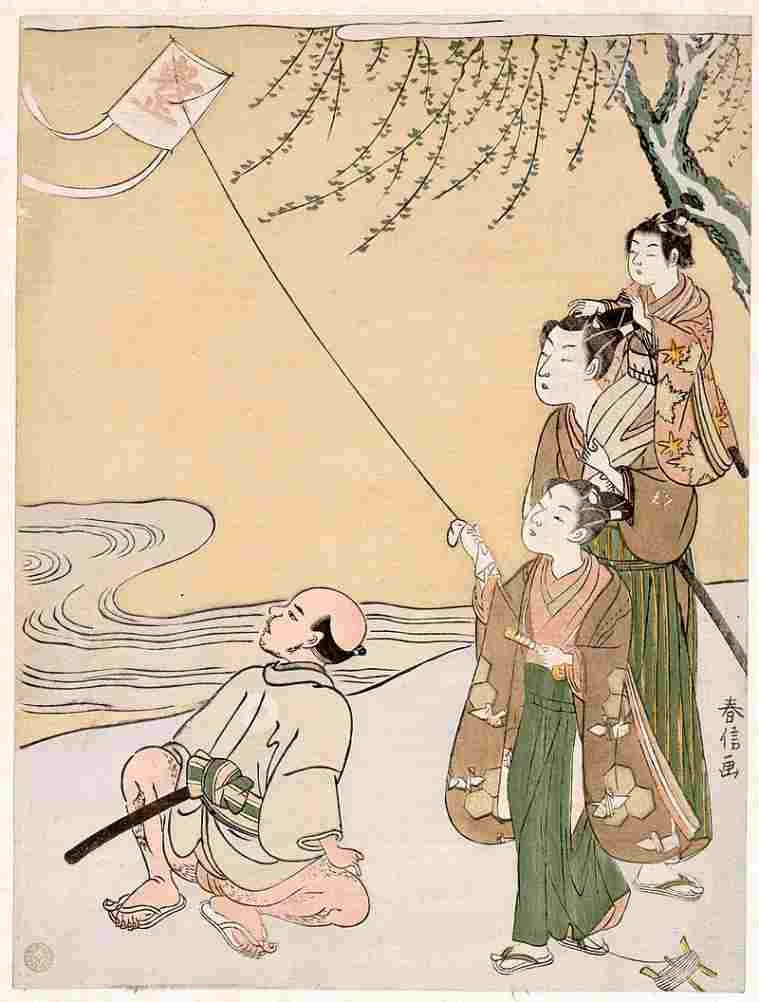 Kite Flying by Suzuki Harunobu-1766 (Source: Wikimedia Commons)
Kite Flying by Suzuki Harunobu-1766 (Source: Wikimedia Commons)
The earliest function of kiting was also markedly different from the sporting event it is today. Chinese legends contain instances of kites being used to lift fireworks into the sky to scare away opposing armies.
Desai writes that the kite was brought to India by Buddhist missionaries through the Silk route, and from there it spread out to Arabia, North Africa and Europe. Once in Europe, kites lost their ritual significance and were used more for amusement. But in the late 19th and 20th century, they were once again used for military purposes, to spy on the enemy, to fly lethal explosives against aircraft and the like.
In India, it was during the Mughal rule that kiting became a sporting event. Desai in her book, writes at length about kite-flying as a leisure activity among the nobility. “To this day, the people of Lucknow still recount how the Nawab Asaf Ud Daula’s tukkals (kites) were decorated with five rupees worth of gold and silver fringes,” she writes. Kite-flying as a recreational activity became popular among the noblemen of Delhi during the reign of Shah Alam I in the 18th century. From the courts of Delhi and Luckow, kite-flying moved across to other provincial courts like Ahmedabad and Hyderabad, through the migration of craftsmen. In Kolkata, on the other hand, kite-flying emerged when the Nawab of Awadh, Wajid Ali Shah, was exiled from Lucknow and settled at Metiaburj.
During the national movement, kites were flown by protestors with the slogan ‘Simon Go Back’, when the Simon Commission arrived in India in 1928.
Over the years, kite-flying has taken on the colour of a seasonal sport. While in Gujarat and Rajasthan, the kite-flying is a hugely popular event during the festival of Makar Sankranti, in Bengal kites are eagerly flown during events like Vishwakarma Puja, Akshay Tritiya and others, apart from Makar Sankranti. In Punjab, they form a vital aspect of the Basant Panchami festival that marks the arrival of spring.
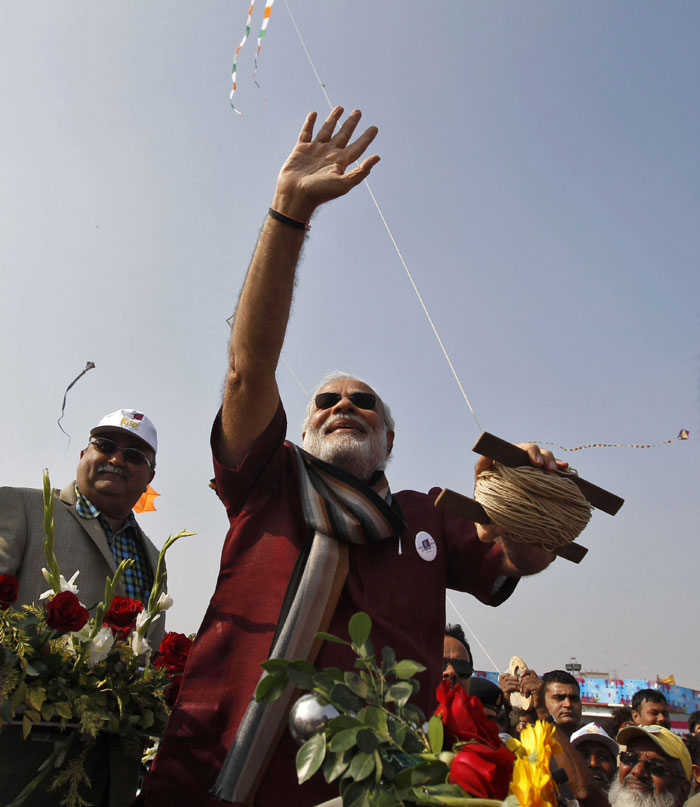 Narendra Modi flying kites as chief minister of Gujarat (Express archives)
Narendra Modi flying kites as chief minister of Gujarat (Express archives)
The romance of kite-flying in old Delhi during Independence day
The sky brimming with colourful kites has always been a subject of romance for poets and novelists writing about old Delhi. Ahmed Ali’s work ‘Twilight in Delhi’ that is a lyrical tribute to a city living in the shadows of its past, contains vivid descriptions of kite-flying.
“The sky was full of kites, black kites and white kites, purple kites and blue. They were green and lemon coloured, red and peacock blue and yellow, jade and vermillion, plain or various patterns and in different colours, black against yellow, red against white, mauve alternating with green, pink with purple, striped or triangular, with moons on them or stars and wings and circles in different colours, forming such lovely and fantastic designs. There were small kites and big kites, flying low and kites that looked studded in the sky.”
Advertisement
As Ali describes, “there was a riot of kites in the sky.” Scholars writing on Old Delhi have often remarked on the fact that kite-flying along with ‘kabootarbazi’ (pigeon-fighting), and ‘mushairas’ (a poetic symposium) are important aspects of the living heritage of the city.
 Kite flying on the occasion of Independence Day in Old Delhi on Wednesday. (Express photo by Praveen Khanna)
Kite flying on the occasion of Independence Day in Old Delhi on Wednesday. (Express photo by Praveen Khanna)
Muhammad Gufran, who resides near Turkman Gate, says that kite-flying is a family tradition that was handed down to him by his father and grandfather. The 40-year-old is part of a 10 member kite-flying club in old Delhi that meets frequently to participate in competitions. “There are at least 250-300 such clubs in old Delhi. While we have tournaments throughout the year, on Independence Day no one competes. ‘Patang baazi’ is a holiday ritual that day,” he explains.
Also read: Explained: How India got its national flag
Muhammad Naeem (56), co-founder of the ‘Hazrat Shah Waliullah Library’, says given the close-knit and congested architecture of Old Delhi, the rooftops of houses are an important arena for any cultural or recreational activity in the area.
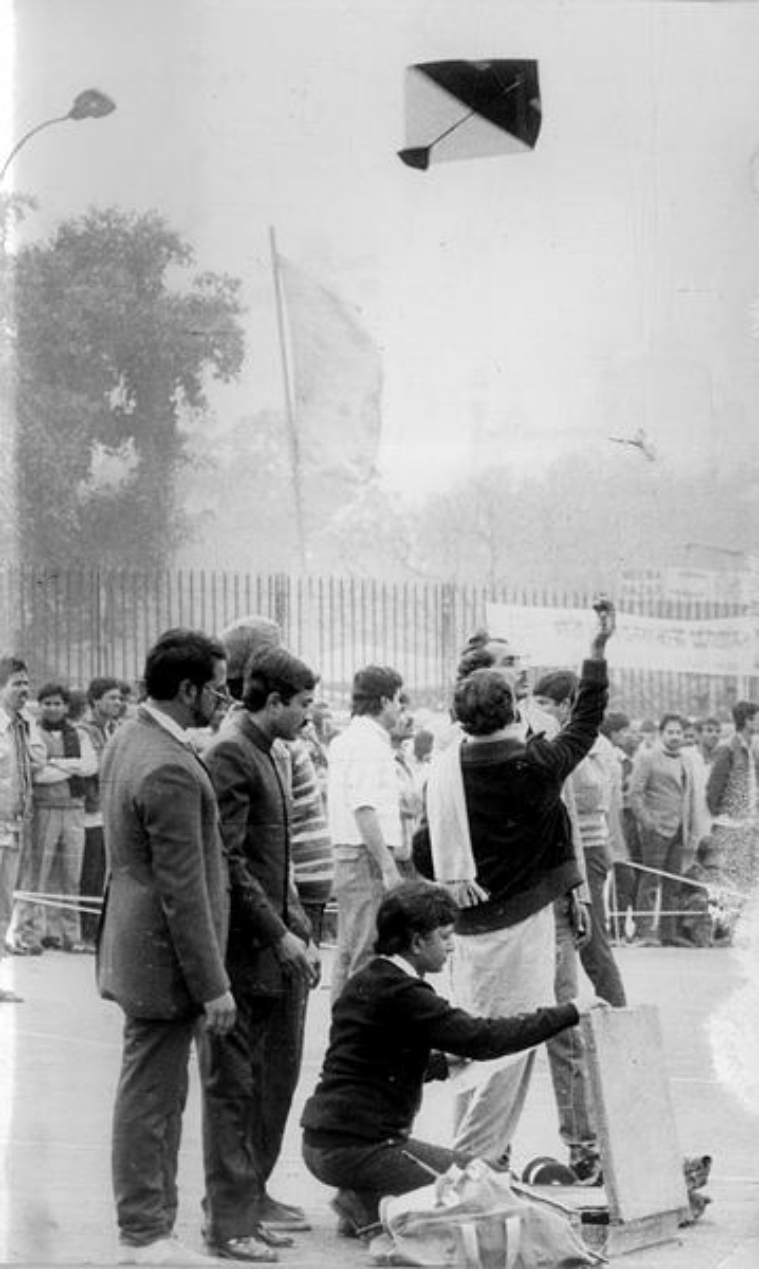 Kite flying competitor getting their kites in Delhi. (Express archive photo by RK Sharma)
Kite flying competitor getting their kites in Delhi. (Express archive photo by RK Sharma)
Naeem’s words are echoed by 65-year-old Sikander Mirza Changezi. He says Independence Day is one of the most important festivals in old Delhi, and the terrace of every household is where people gather to celebrate. “The unique part about kite-flying on Independence Day is that the kites are always tri-coloured like our national flag. While kites are flown, patriotic songs are played in the background. In the evenings, the skies light up with fireworks,” he says.
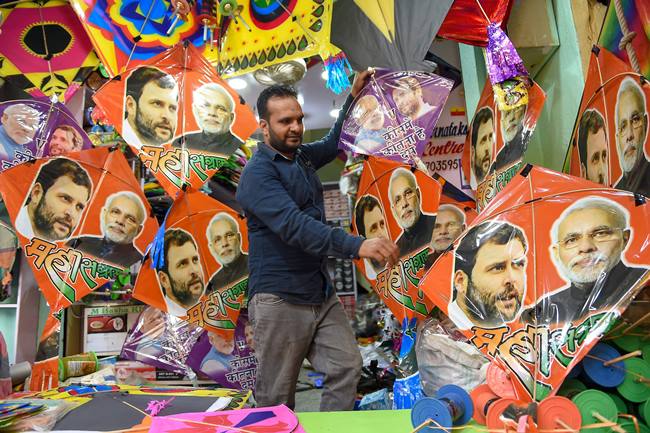 Kites with photo of Narendra Modi and Rahul Gandhi on Makar Sankranti (PTI)
Kites with photo of Narendra Modi and Rahul Gandhi on Makar Sankranti (PTI)
Changezi, a descendant of the Mongol ruler Chengiz Khan, was born and brought up in old Delhi. He explains that given the close association of the walled city with the history of the freedom movement, Independence Day celebrations are extremely important here. “Names like Mukhtar Ahmed Ansari, Asaf Ali among many others belonged to Old Delhi. Gandhi, Patel and Nehru would often hold political meetings here,” he says, adding that “the people of old Delhi have seen the freedom movement very closely. Naturally, Independence Day is very important to us.”
Apr 19: Latest News
- 01
- 02
- 03
- 04
- 05











